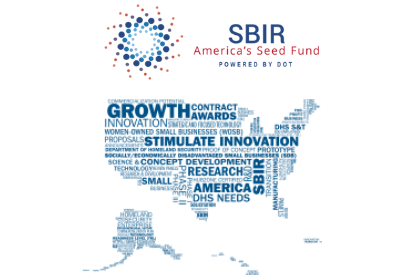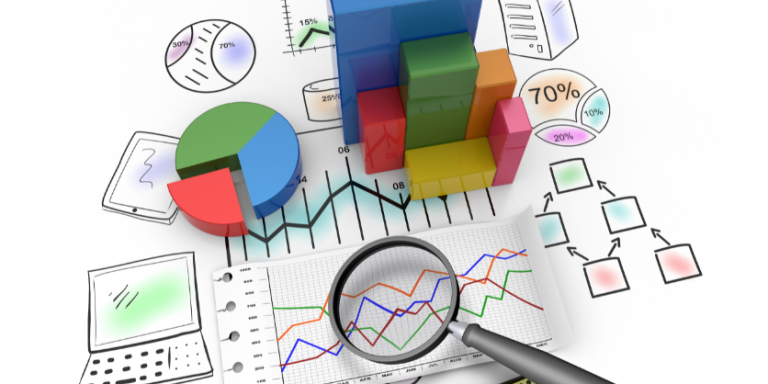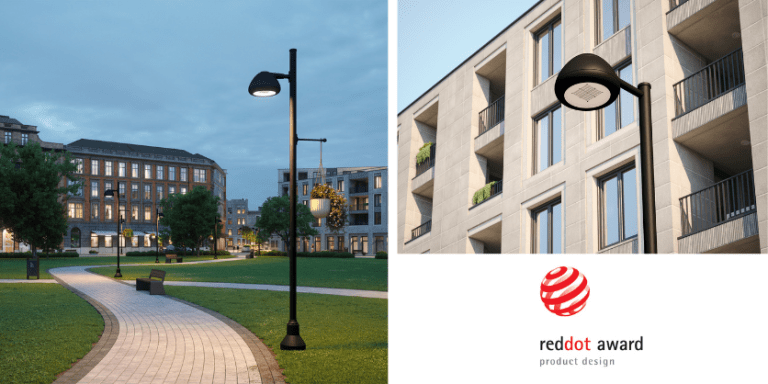DOE Invests Millions in Small Businesses for Clean Energy Tech

 December 13, 2021
December 13, 2021
The Department of Energy (DOE) has announced $127 million in funding to spur research and development projects in America’s small businesses — including solid state lighting. Through the Small Business Innovation Research (SBIR) and Small Business Technology Transfer (STTR) program, DOE is driving innovation for technologies that promise commercialization. By supporting small businesses, DOE is supporting the development of clean energy workforce development while spurring innovation for novel technologies needed to combat the climate crisis.
The Building Technologies Office is funding nine SBIR Phase II Release 2 projects totally $8.9 million. Each of these projects aim to help achieve President Biden’s ambitious climate goals by improving efficiency and minimizing energy use and carbon emissions.
Novel Materials and Processes for Solid-State Lighting
Glint Photonics of Burlingame, Calif., is developing a new low-cost lighting fixture platform that can be easily customized to produce an infinite variety of different lighting patterns.
Home Energy Score Innovation
Performance Systems Development of Ithaca, N.Y., is expanding the range of available utility incentives and reducing the costs of obtaining them. Using models as a standard framework for assessing improvements under Technical Resource Manuals, the project will reduce the costs and significantly increase the economic benefits of whole-house energy upgrade programs.
Innovative Building Energy Rating Delivery Models
Clear Energy of Smithfield, R.I., is creating an affordable, customizable software platform that facilitates the implementation and management of site and state building energy and efficiency goals. It will create a cost-effective solution for small and large cities to facilitate the successful implementation of building performance standards and policies.
Maalka of Brooklyn, N.Y., will develop an energy-efficiency program management platform for cities, utilities, and private organizations. This platform will leverage DOE standards and tools to lower costs and enable data-driven insights that will spur building improvements that lead to energy security, reliability, resilience, and cost-effectiveness.
Efficient, Resilient Building Technologies
Grid Fruit, LLC of Pittsburgh, Pa., is developing an AI-driven controls technology that provides food businesses (i.e. grocery stores) with resilience and efficiency. Machine learning puts unused data to work, improving compressor efficiency and minimizing peak demand by controlling commercial refrigeration and HVAC systems. The efficiency gains will save food retailers 15% in operational and maintenance costs.
Active Energy Systems of Knoxville, Tenn., is developing an ice-phobic heat exchanger to improve efficiency of residential cooling. The IHEX-based heat exchanger makes ice without any surface adhesion, allowing for continuous high freezing rates at low cost.
Thermal Energy Storage in Buildings
TCPoly of Atlanta, leverages 3D printing technology for the manufacture of phase change material thermal storage using thermally conductive PCM filaments. This technology allows for higher power densities and energy storage utilization. Using additive manufacturing enables rapid design, prototyping, and final manufacturing, reducing time and material cost.
Building Energy Modeling
Ladybug Tools of Fairfax, Va., is developing a cloud-based simulation back-end that allows users to define and launch analysis from the design tools already being used. The project addresses industry pain points like interoperability and workflow customization. Increasing the use of BEM during the design phase has the potential to achieve deep energy savings.
Innovations to Improve Indoor Air Quality (IAQ) and Comfort Performance in Energy-Efficient Residential Buildings
Aspen Products Group Inc. of Marlborough, Mass., is developing an innovative, low-cost, water-vapor-permeable membrane for energy recovery ventilation systems. This membrane will substantially improve the latent performance and reduce the cost of energy recovery ventilation systems.









